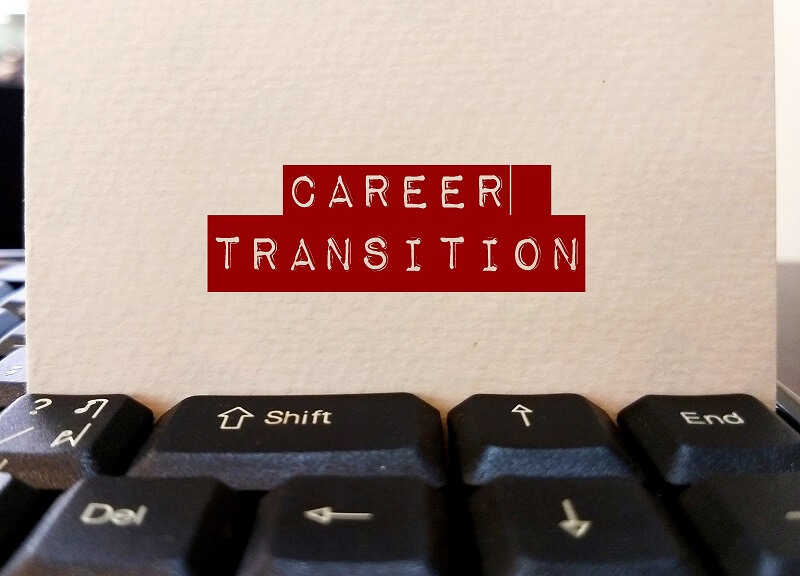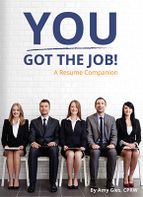Changing careers is a life-altering move that can change the trajectory of your life. While these changes bring excitement, purpose, and happiness, they also come with some serious challenges. Creating a career transition resume that reflects your experience and emphasizes the new direction you intend to take is one of the biggest challenges associated with a career change. A transitional resume is a strategic tool that helps bridge the gap between your current position and your desired future goals.
Understanding the Shift Behind a Career Change

Before starting on your resume, it is essential to evaluate your current career and the changes you strive for. Changing industries can be challenging if you jump into it without thorough research. Be sure to research similarities and differences between your current role and the new career you are working towards. This can help you later on when creating a resume. With the research, you will be able to understand what the career change will entail, what employers look for, and what you should include on your resume.
Instead of focusing on the areas you may lack, focus on the value you can bring to these new employers. Your past experiences may not align perfectly, but you may share similar desired skills or achievements.
1. Leading with a Clear Career Summary
Hiring managers want to understand who you are and what you can bring to the table for their company. When making a career change, clarity is essential. That is why you should build a career transition resume with a strong summary or professional profile. The summary should be brief but concise, and avoid dwelling on previous job titles. The summary should answer these three main questions:
- Who are you professionally?
- What strengths can transfer to the new career?
- What role are you seeking?
By answering these questions, you can present yourself desirably without even meeting the employer. Remember, a resume should be 1-2 pages long and include information that is straight to the point.
2. Highlight Transferable Skills First
Changing careers means you may not have the same set of desired hard skills for both industries. Pick the transferable skills that will apply across a variety of industries. Think communication, leadership, project management, etc. These skills are desirable across most professions and nearly all.
An effective way to showcase your skills is by including a section under the summary for your “key skills.” These skills should align with your target job, not your previous career. Avoid listing them; instead, focus on including them in your job descriptions and achievements. Here are a few tips for including transferable skills:
- Highlight skills that come up repeatedly in job descriptions. This will help boost your chances of passing through Applicant Tracking Systems (ATS) and help your resume stand out.
- Cross-reference with your own experience.
- Use your summary and bullet points to draw connections between your background and these skills.
3. Reframe your Work History
Writing down your experience can be one of the most challenging aspects of building a career transition resume. Rather than erasing your previous career or fabricating job roles, translate the experience you do have to make it desirable.
Instead of listing all job responsibilities from your past role, choose the accomplishments that will resonate with your new career path. Including jargon and language that mirrors your desired industry will help this section, too.
Certifications, relevant projects, and volunteer work are also crucial to include in a transitional resume. If you have experience with this type of work or notable achievements, it can make you more desirable, especially if it aligns with the desired career path. Be sure to make a section specifically for certification, relevant projects, and volunteer work to showcase your successful qualities. Include the project name, certification title, skills used, and the outcome or results of each.
4. Resume Format

Traditional resumes focus more on the experience section than anything else, but for a career transition resume, that can be challenging. This is why your resume format is everything when building a transitional resume. Creating a skills-based resume will group your experience under a key skills heading rather than the job titles. Your format can be done in a couple of different ways:
- Hybrid format: This format is suitable for most career transitions, enabling you to highlight your skills alongside your work history effectively. This layout will show what you can do, not just what jobs you have worked.
- Functional format: This format will group experience and skill together without detailing job history. This format is best if you have strong and documented skills with projects to showcase.
For a successful resume format, be sure to use clear section headings, limit the content to two pages, maintain a clean design, and use bold text to draw attention to specific skills or experiences.
5. Tailor Your Career Transition Resume to Job Postings
Using a generalized resume for every application will reduce your chances of landing an interview. Tailoring your resume to job postings will increase your chances of being recognized and wanted for the role. There are a few ways you can tailor your resume for specific job postings:
- Use similar language from the job description.
- Adjust your skills and experiences to match what the employer is looking for.
- Use keywords for the industry.
- Adjust your resume format to match the industry and job description.
While you should always tailor your resume to job postings, be sure to be authentic and include information you can back up. Tailoring is about leveraging your experience and skills to present them in a way that is appealing to other companies.
Career Transition Resume: Capstone Resume Services
When transitioning careers, building a perfect resume can be tricky. Whether you need help formatting a transitional resume or creating a LinkedIn profile fit for the transition, Capstone Resume is here to help. We offer services to help optimize your resume and LinkedIn profile to reflect the changes in your career. Contact us today to get started on your career transition resume.

